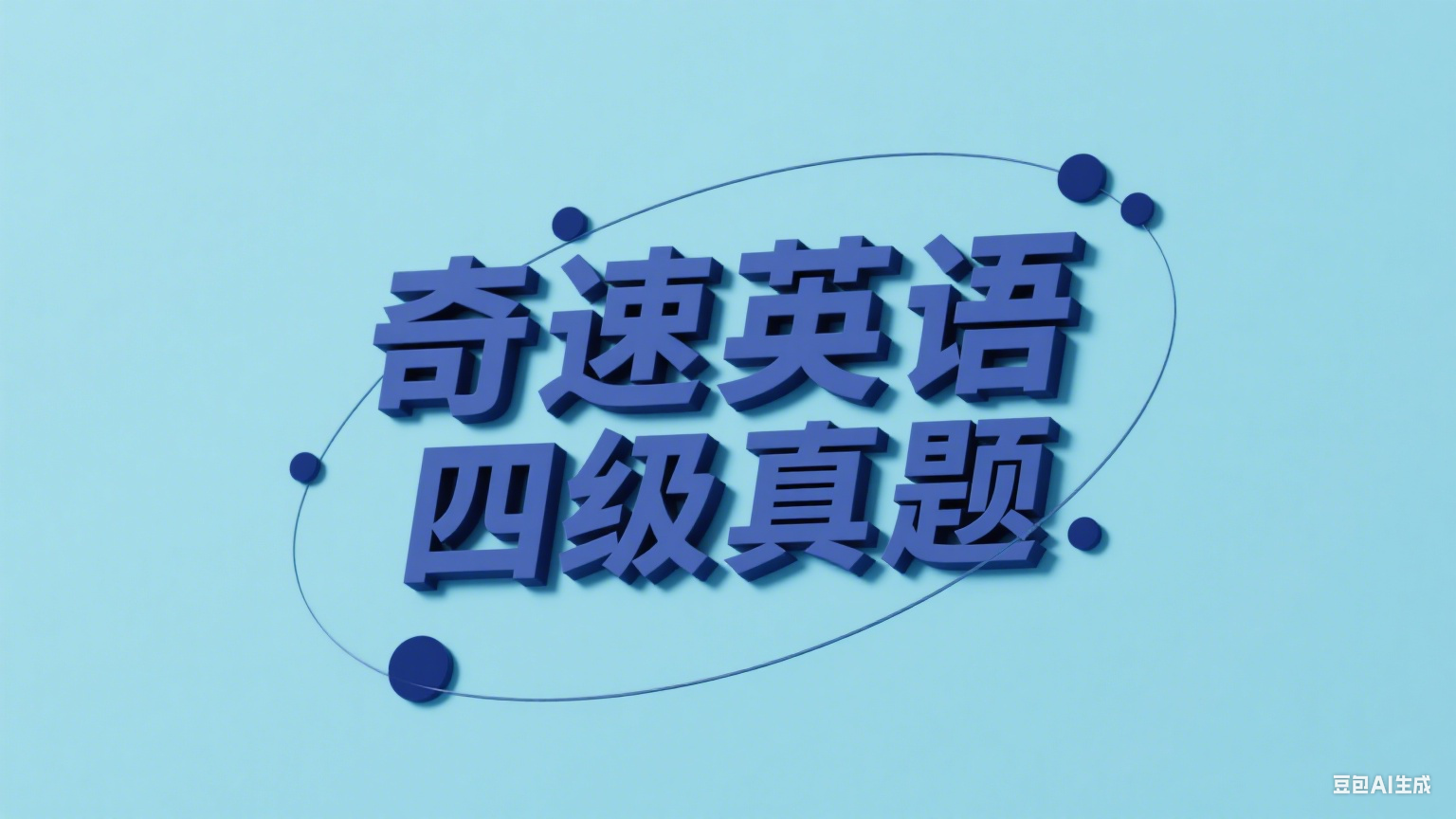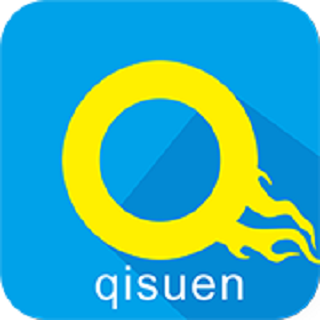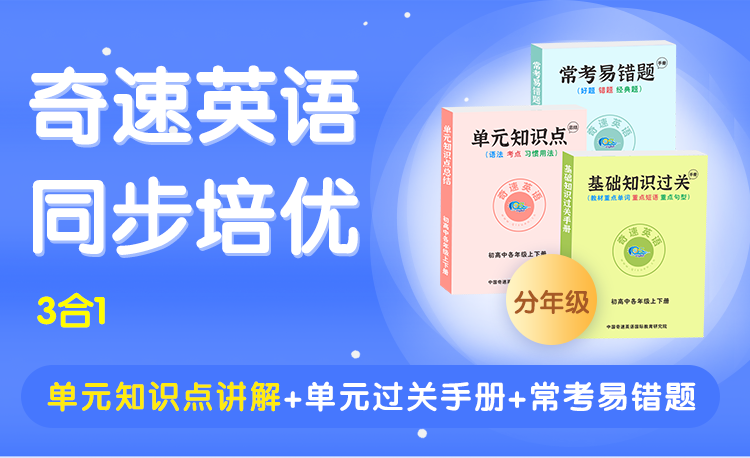
① We’re eating more fish than ever these days. At around 20 kilograms per person global fish consumption is now more than twice what it was in the 1960s. What’s really remarkable, though, is where that fish comes from.
② For the first time in human history, most of our aquatic (水产的)food now comes from farming rather than fishing.
③ People ate around 73 million tonnes of farmed fish — just more than half of the volume of fish that humans consumed — in 2014. That’s out of a total fish supply of 167 million tonnes; the remaining 20 million or so tonnes go into things like animal feed and medical products.
④ To keep eating fish at the current rate,we’re definitely going to need to keep aquaculture (水产养殖) developing. That’s because the volume offish caught in the wild has leveled off since the 1990s.
⑤ Back in 1974, only 10% of marine fish stocks had been overfished. Now, more than three-tenths are. Only a tenth of our oceans’ fish stocks could sustain heavier fishing than current levels.
⑥ But while catchings at sea have suffered, fish-farming has been growing at a fast rate. A lot of that is coming from China, which produces 60% of the world’s farmed fish. In fact, some 35 countries, including China, now produce more farmed than wild-caught fish.
⑦ This shift toward aquaculture isn’t just good for ensuring salmon ( 三 文 鱼 ) on your plate; it’s also crucial to ensuring food security and sustainability. By 2050, the world will need to feed an estimated 9.7 billion people. They’ll have to get their protein somewhere. However, raising cattle, pigs, and other land-based animals requires vast sums of grain and water. For example, pound for pound, beef requires 15 times more feed to raise than carp, a freshwater fish farmed all over Asia. That grain-and the water needed to grow it-could be consumed by people instead.
⑧ However, aquaculture is no silver bullet. In some southeast Asian countries, shrimp farming does disastrous damage to marine ecosystems. Despite these problems, however, shrimp continues to be among the most popular sea foods worldwide.





 更多优质学习内容
更多优质学习内容



